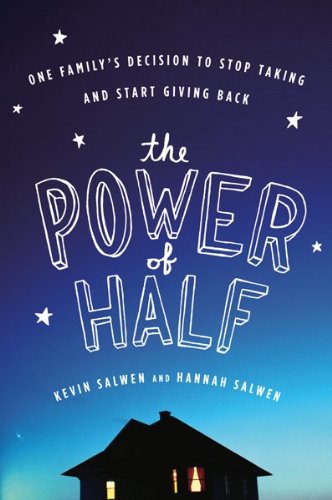With the start of a new year I thought I would address what every nonprofit executive director secretly wishes for – building a better board of directors.
Here’s what my wishes would be for the perfect board of directors:
- Attends majority of board meetings
- Willingly participates in fund development activity
- Willingly donates time, treasure or talent to the organization
- Attends seminars such as Chuck Loring’s Board Development program to better understand role of board member
- Understands that role is strategic focus and fund development. Does not get into the weeds of tactics
- Asks the right questions of staff and at board meetings
- Does not fall prey to “glamour” ad campaigns that are not affordable and not focused on what the nonprofit truly needs
- Agrees to work with other board members and put personal feelings assign for the good of the organization
- Recommends others to become board of director members who support the organization, the role of being a board member, and fill in the various positions that all boards need
Would love to hear what you think are important elements that make a great board member. There are so few great boards at local nonprofits. I’m not sure why but I join every nonprofit executive director in the wish for building a better board in 2012.



